LAST UPDATED ON September 12, 2023
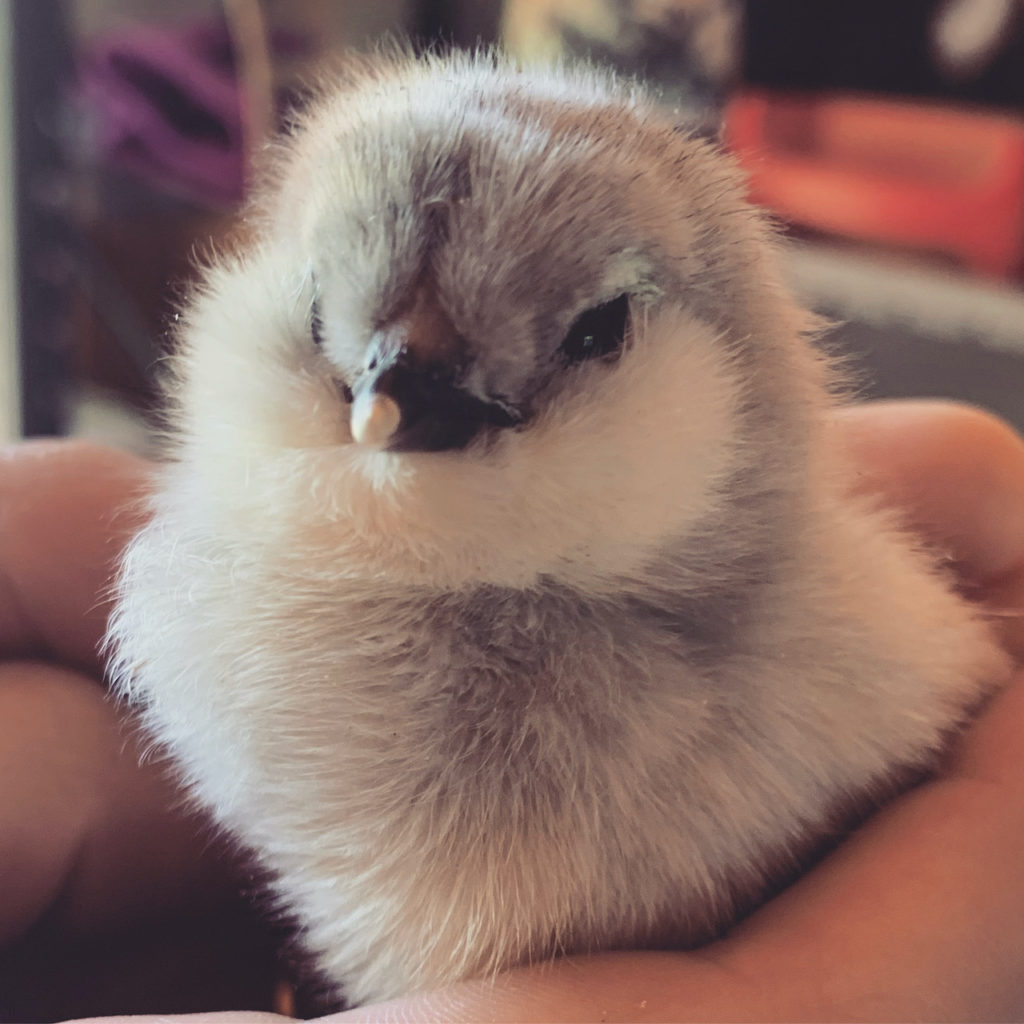
Lavender Ameraucana chickens lay lovely blue eggs, have thick fluffy beards under their beaks, and muffs adorning their cheeks. Their neck feathers, or hackles, are much thicker than other breeds. A young visitor asked me once if they were part owl.
This extra insulation on their neck is a big plus for cold climates like ours up here in Maine. Cold weather combined with shorter days tend to slow egg production. The hardier the chicken, the longer the eggs keep coming. This breed goes into molt here in late August and has a layer of fresh thick plumage ready for a long winter.
Young hens lay almost daily spring through summer, slowing in fall and taking a few weeks off in the coldest part of winter. At five eggs a week in their first year, they are good producers given they will lay later in the season than other breeds I have raised, but take a few weeks off in February when it’s the coldest and darkest here in Maine. I like to give them a break to lighten the burden on their bodies. It’s gets wicked cold up here.
Sexing Lavender Ameraucana pullets and cockerels before saddle feathers emerge
Lavender Ameraucana have a very short “pea comb” which makes telling the hens from the roosters a little harder. Here is a handy example of facial features that differ between the sexes. These photos were taken at 8 weeks, prior to tell-tale saddle feathers emerging.



Lavender Ameraucana chickens lay baby blue eggs.
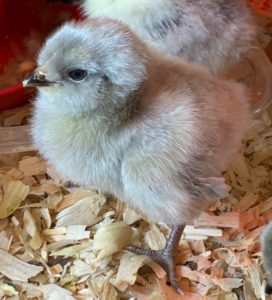
Lavender Ameraucana chickens do seem to be irregular layers compared to your average Rhode Island Red—but their stunningly blue eggs are worth the wait. Each day that a blue egg is found in the coop harkens Easter morning nostalgia. I’ve had them for years now, and it never gets old.
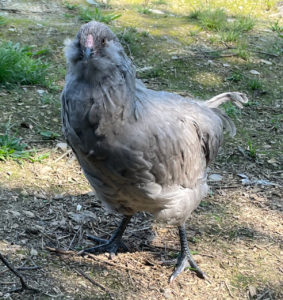
I found Lavender Ameraucana chickens more easy-going and curious in comparison to other breeds I have raised. They regard everything with more caution than curiosity by walking up to things from the side and eyeing it from all directions. Lavender Ameraucana chickens tend to let others go ahead of them almost as if to let others test the sky for predators before they make an appearance.
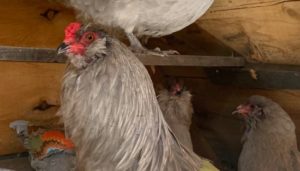
Ameraucana chickens are standard sized birds who lay medium to large eggs. Roosters are not much larger than hens. Of note though, I have butchered MANY breeds of chickens, turkeys and ducks. Of all them, the Ameraucana 6-month old roosters bare the most fat.
Lavender Ameraucana Chicken Health
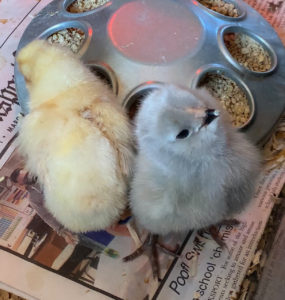
Do overall health checks often. Our Ameraucana had mites once and it really stuck in the beards and thick cheeks of our Ameraucana chickens worse than our other breeds. As preventative care, be sure to sprinkle DE in the nesting boxes weekly and after every coop cleaning. This also protects against lice.

Coop enrichment is a must with this breed when they are penned up, don’t free range, or in winter.
Picking Habits
Lavender Ameraucana I have kept in the past have displayed picking habits as juveniles when kept in close quarters, or in the boring part of winter when they hide in the coop. Keep less in the stalls than other breeds for this reason.
Ample roosting space is a must. They will fight over poles and seems to have a very strict pecking order, this makes it nearly impossible to keep mature roosters in the same pen even if they have been friendly and raised together. As soon as breedings start they often fight for mating rights.
If picking is a possibility in your flock, check your chickens often for missing feathers and bloody spots to reduce infection. Once they start this habit it is very hard to stop. Always treat open wounds with Blu-Kote. Treats and distractions can go a long way. Saddles are very helpful and beak tips can also be trimmed. Address it immediately! Remove habitual pickers from the flock, band them for easy ID, trim their beak tip, and release them into the flock after a few days. This behavior is quickly learned by the rest of the flock and hard to break.

Comments are closed.